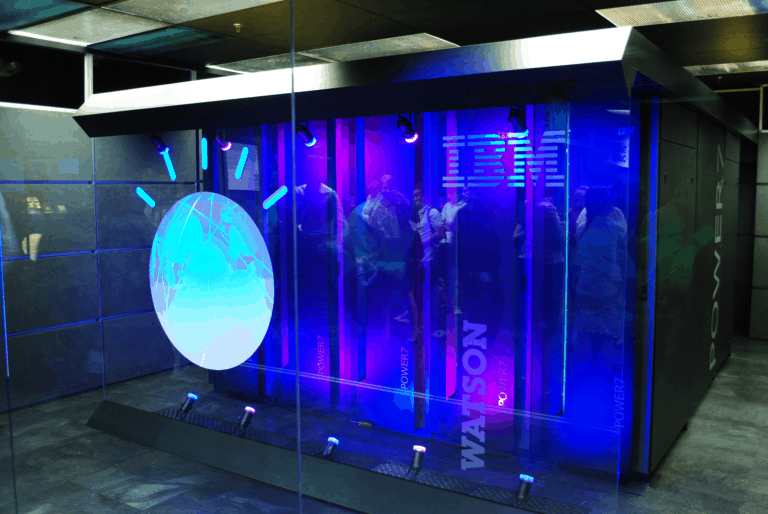Watson Studio from IBM has received a series of new features in an update. The platform helps companies to build, train and deploy artificial intelligence (AI) models.
By investing in Watson Studio, IBM wants to do more to meet the hybrid and multi-cloud requirements of enterprises. It does this in the case of the platform with the possibility to use on premise data repositories and to deploy models to local data centers or in the cloud.
Watson Studio 2.0 comes with a range of new features, including data preparation and exploration. In the field of data exploration, IBM is adding 43 new data connectors, including Dropbox, Salesforce, Tableau and Looker. In addition, Big Blue adds an Asset Browser experience that allows companies to navigate Schemas, Tables and Objects. With new tools for previewing and visualizing data, companies can also refine data.
Hadoop
IBM has further expanded the integrations of Watson Studio with Hadoop Distributions, namely CDH and HDP. This allows companies to run analytics at the place where the data lives and use existing compute. Furthermore, the new version of Watson Studio includes built-in batch and evaluation job management for Python/R scripts, SPSS streams and Data Refinery Flows.
What’s completely new is an interface where users can work together, via the Jupyter Notebook integration. That interface is similar to Slack. Version 2.0 of Watson Studio also allows scientists to import open source packages and libraries.
To access and customize different versions of assets, IBM has added support for large GIT frameworks, including GitHub, GitHub Enterprise, BitBucket and BitBucket Server.
IBM Cloud Private for Data
The rollout of Watson Studio 2.0 comes after an announcement earlier this year, in which IBM said it would make all of its Watson cognitive and AI technology available for multiple clouds. Watson Studio, like the rest of Watson’s applications, developer tools and models, is now part of IBM Cloud Private for Data.
This news article was automatically translated from Dutch to give Techzine.eu a head start. All news articles after September 1, 2019 are written in native English and NOT translated. All our background stories are written in native English as well. For more information read our launch article.